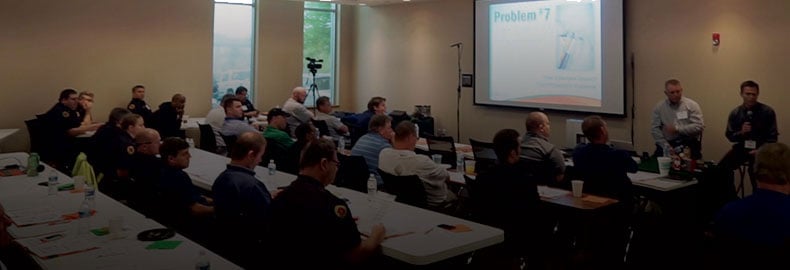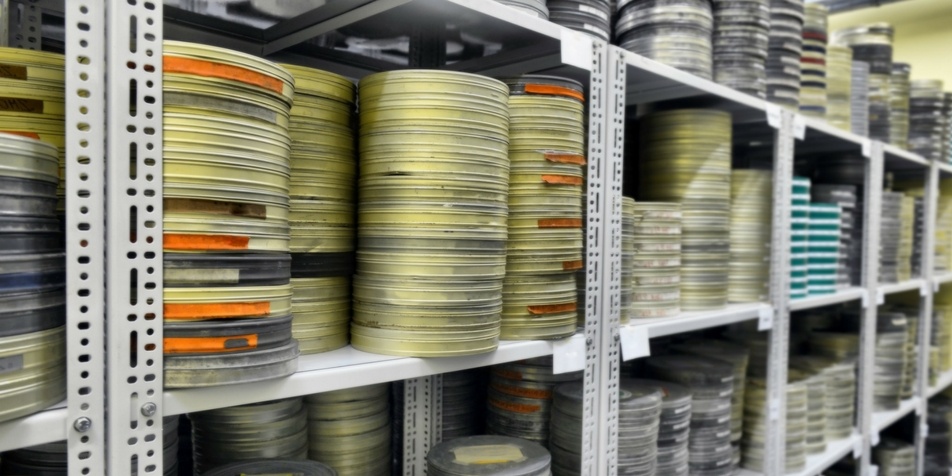ABOUT
Museums, rare-book libraries, historical buildings—these are the institutions that have the critical mission of safeguarding our heritage, preserving it for future generations. Throughout the ages, fire has been the biggest enemy of historical artifacts and buildings. Unfortunately, this threat continues today. Priceless paintings, centuries-old documents and wooden historical structures are not only highly susceptible to fire, but they need to be protected by a system that won't destroy them in the process.
CONSIDERATIONS
Preservation: The systems employed to suppress a fire should not destroy what it’s protecting in the process. The system design and selection should balance the needs for life safety with preservation of that which is of cultural or historical significance. Your fire protection professional should be an active contributor to the dialog between the local AHJ, architect/engineer, and curator when exploring the options for fire detection and suppression.
Installation: New technologies offer new alternatives for adding, replacing, modifying or expanding fire detection and suppression systems. Water mist suppression piping is small enough to hide behind crown moldings. Open Area detection systems can sense smoke across wide open areas, including those with very high ceilings. Your fire protection professional will assess the challenges and make a range of recommendations, which may include options you were not aware of.
PROTECTION
Smoke Detection
- Spot detectors – Passive detection that activates when the smoke reaches the detector.
- Air Sampling Smoke Detection – Active detection that continuously draws air from the room to a high sensitivity detector. Provides very early warning that a fire is starting. Can be used to monitor return air grilles where room air flow is high.
- Open Area detectors – Consisting of two parts mounted on opposite sides of an area; transmitter and receiver. Smoke particles that pass into the beam activate a warning or alarm condition. The newest technology is not easily susceptible to false alarms.
Heat Detection
- Spot detectors – Passive detection that activates if heat in the area around the detector exceeds a predefined threshold.
Suppression – Clean Agent
- A control panel releases clean agent into the room and/or under floor when a designated number of detectors activate. Widely used in data centers.
- Clean agent is waterless and does no harm to electronic components. Data center can remain operational during a discharge.
Suppression – Water Mist
- New technology that atomizes water droplets into a non-conductive fog that suppresses fire without water damage. Presently used in data centers in the United States and Europe.
- AHJs have begun accepting water mist as an alternative to traditional sprinkler systems.
FIRE CODES & STANDARDS
- NFPA 909: Code for the Protection of Cultural Resources Properties - Museums, Libraries, and Places of Worship
- NFPA 914: Code for Fire Protection of Historic Structures






